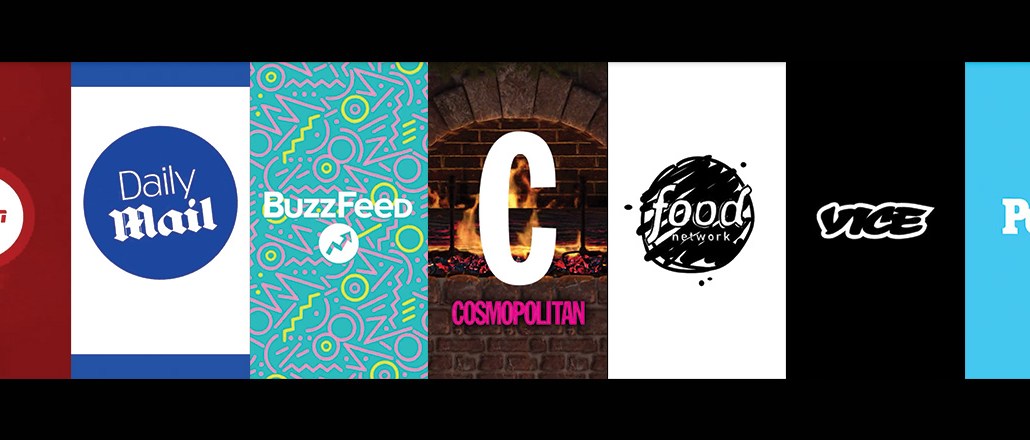
Snapchat wants to stop sharing ad revenue with its media partners and pay them licensing fees instead. That means guaranteeing publishers a payday up front, while limiting what they might earn in the long run. The move could have implications for media outlets that have built up dedicated Snapchat staffs — sometimes of upwards of 10 people.
It’s too early for publishers to know how the new terms will affect them specifically, so it’s business as usual for now, Discover publishers said. But as one publisher said, “If the revenues go down, you have to bring your costs down. It’s trying to figure out what makes sense to keep each party motivated.”
Bigger publishers might be better positioned to absorb losses on a Snapchat team. The publisher’s business model comes into play, too. A young publisher that relies on distributed platforms to scale up might have more of an appetite for loss than a mature one that already has a big direct audience.
Some observers don’t see dramatic changes in staffing just yet. Under one scenario, a few publishers could become anchors for the Discover section, where Snapchat features media companies. Others might shift to creating temporary shows for Discover, around events like the Olympics, so there will still be a need for content creators. As for the sales side, most publishers just had their existing salespeople sell ads on their Snapchat content rather than hire devoted teams to the platform, so those people will just go back to selling other products.
“To the extent publishers still want to be on Discover, they still need an edit team to create content for it,” said Jason Stein, founder and CEO of social content agency Laundry Service.
Even if Discover publishers have reason to keep their Snapchat teams intact for now, some think they might not be around forever. The evidence for this is that Snapchat has been more interested in video shows over text-based content, and it’s recently demoted the Discover section itself. Discover channels used to be promoted at the top of the Stories page, but earlier this month they were moved down the page so users see their friends’ Stories first.
“The general sense for publishers is, Snapchat doesn’t really know what it’s doing with Discover and they’re not confident it’ll be around in a couple years,” said a source close to Discover partners.
Another way to look at the Snapchat shift is that it’s just the price publishers have to pay to be on a rising platform like it.
“It’s a very tough challenge for media brands,” said Nick Cicero, founder and CEO of Delmondo, a creative studio and social analytics firm that works closely with Snapchat. “There’s almost an instant need to be good at a new platform. You don’t have the luxury of a marketer waiting for others to test it out. That’s the opportunity cost. That means we’re not always going to get it right. So the cautionary tale is understanding the opportunity cost of being on the platform.”
More in Media

Here are the biggest moments in AI for publishers in 2025
Here are some of the moments that defined how publishers adapted to the AI era this year.

Digiday+ Research roundup: Gen Z news consumption and diversification in the DSP space were 2025’s top trends
As 2025 winds down, we rounded up the biggest trends of the year, based on the data that resonated the most with Digiday’s readers.

What publishers are wishing for this holiday season: End AI scraping and determine AI-powered audience value
Publishers want a fair, structured, regulated AI environment and they also want to define what the next decade of audience metrics looks like.





